Recommendation points
- Sandwich panel history
- Types of sandwich panels
- Sandwich panel production technology
- Pros and cons of sandwich panels
- At the end
In this article: how the sandwich panels were created; types and types of sandwich panels; production technology; characteristics of sandwich panels; several recommendations for choosing.
The construction of industrial and public facilities 50 years ago required serious financial costs – the labor of dozens of builders, engineers and an impressive amount of building materials were not cheap. And since the time interval from the day the foundation pit was laid until the day the building was commissioned was at least one and a half years, the money invested in the construction paid off only after many years. The invention of panels with an inner layer of insulation, enclosed in two rigid sheathing sheets, made it possible to accelerate the construction process many times over and make it cheaper – today wall and roof sandwich panels are used in the creation of both industrial and residential buildings.
Sandwich panel history
Sandwich panels owe their appearance to the construction market to the American architect, engineer and designer Frank Lloyd Wright, who worked in the late 1930s on the Unsonian architectural project – a small one-story cottage with a flat roof overhanging a parking terrace for a car. Wright envisioned creating an inexpensive house with minimal costs for heating, air conditioning and lighting – the first two tasks were to be performed by roofing, the solution of the last task was assigned to French windows..
While researching proposals in the construction market, the architect found that existing building materials were either completely unsuitable or too expensive for the construction of the first Unsonian house. But Frank Wright did not abandon his project, he invented a new material for wall cladding and roof decking – a composite sandwich panel with honeycomb core. Despite a number of operational shortcomings, Wright’s panels still met his main goal – they were light, durable, cheap and aesthetic..
The idea of sandwich panels was appreciated by American manufacturers of building materials, especially since Dow Chemical in the mid-50s developed a new type of sandwich panel – with an inner layer of insulation and high ergonomics. By 1960, several American companies at once completely switched their production to the production of sandwich panels and simplified the technology for their creation. Frank Wright saw the future of his panels in civil housing, but the most popular sandwich panels gained in industrial construction.
In the early 70s, three-layer products of American manufacturers attracted the attention of Soviet designers – the first workshop for the production of sandwich panels with polyurethane foam filler was created in Samara, on the basis of the Electroshield plant. The first batches of domestic panels were used in the construction of the factory workshops of the Kama Automobile Plant and the Volgodonsk Atommash.
Types of sandwich panels
Like 80 years ago, sandwich panels are a layer of heat-insulating material, enclosed between two sheets of rigid cladding – this can be galvanized or alumino-galvanized steel 0.5-0.7 mm thick, plastics (polyester, plastisol, etc.), OSP boards (SIP panels), plasterboard.
The thickness of the galvanized layer applied to both steel sheets is subdivided into the first and second class – respectively, it can be more than 20 microns and from 7 to 20 microns. The anti-corrosion properties of galvanized steel are directly related to the thickness of the zinc coating. The thickness of the protective layer of aluzinc (another name for this alloy is galvalum), consisting of aluminum, zinc and silicon additives, ranges from 13 to 23 microns. This alloy is specially designed for sandwich panels, it protects the steel sheet not only from atmospheric corrosion, but also has a high resistance to ultraviolet radiation, which makes it possible to operate such panels in conditions of increased solar radiation. Alumina-zinc plating of steel sheets is also carried out with galfan alloy, mainly consisting of zinc and aluminum with a small admixture of cerium and lanthanum. A layer of galfan is applied with a thickness of 7 to 15 microns; in its protective characteristics, it surpasses the zinc coating due to its plasticity, i.e. more easily transfers deformation and mechanical loads.
In addition to applying a protective layer of non-ferrous metal alloys on the surface of the steel sheathing of panels, some manufacturers additionally enhance the weather resistance of sandwich panels by surface treatment of galvanized steel sheets with polymers – pural, plastisol, etc..
Sandwich panels with plastic sheathing are made of 0.8–2 mm plastic, SIP panels are formed from two OSB boards with a thickness of 7 to 12 mm. The advantages of plastic sandwich panels are in higher mechanical resistance than steel panels and in lower weight, which facilitates installation work. SIP and plasterboard panels are usually used to construct partitions inside a building, to create enclosing structures for low-rise frame-type objects.
The thickness of the intermediate insulation layer in sandwich panels is from 50 to 300 mm, it is made of polyurethane foam, expanded polystyrene, mineral wool and, much less often, of fiberglass due to its rather high causticity. Insulated panels with a thickness of 150 mm and more are usually used in the construction of cold storage rooms.
Steel cladding panels are classified as wall and roof panels. Wall sandwich panels are intended for facade cladding, roof panels – for roof overlapping. The construction of both types of panels is the same, the difference between them is in the types of steel sheathing profiles. Steel sheets of wall panels that do not experience serious mechanical stress during operation can be smooth, have “microwave” profiling (low ridges, sloping or sharp), trapezoidal, decorative profiling for a log or siding.
Roof panels usually have a high trapezoidal profile, one-sided or two-sided, which increases their mechanical strength necessary to hold snow masses without deforming the skin. In order to give the roofing sandwich panels additional rigidity, they are filled with insulation of a higher density than wall insulation – in the case of mineral wool, the density should be from 120 kg / m2, for expanded polystyrene – from 25 kg / m2. Finally, the docking joint of roofing panels, connecting them with an overlap, is more complicated than that of wall sandwich panels, because the atmospheric impact on the roof is higher than on the walls. For the same reason, the layer of anti-corrosion protection of the cladding of roof sandwich panels is thicker than that of wall panels..
Sandwich panel production technology
The principle of constructing sandwich panels with cladding made of various materials and different types of insulation practically coincides, because the main task of manufacturers is to reliably connect the layers of the “sandwich” to each other. Wall and roof panels are produced in one of three ways – assembly from elements, foaming and conveyor production.
The assembly of panels from elements is usually carried out in close proximity to the construction site. Galvanized profile sheets, insulation and adhesive materials are delivered to the assembly site separately, then the insulation is cut into blocks of the required size, sheathing sheets and insulation are coated with glue and placed under a press. Despite the convenience of producing sandwich panels at the construction site, it is rather difficult to achieve high performance characteristics of the panels assembled in this way..
Panels by the foaming method are produced in a workshop, but they do not require any complex devices – a workpiece assembled from sheathing sheets is placed under a press, then polyurethane foam is pumped into it. Since the insulation foams under constant pressure, it adheres securely to the sheathing material throughout the entire interior of the panel. However, this technology is not ideal – in the case of the flow of polyurethane foam with interruptions in the mass of the insulation, cavities are formed that significantly reduce the sound and heat insulation properties of the sandwich panel.
Conveyor production makes it possible to produce sandwich panels with the highest performance characteristics – we will investigate this technology in more detail. The line for the production of sandwich panels with metal sheathing consists of: a drum unwinding a steel coil; profiling line; guillotines; a machine that forms the lining of future panels; hydraulic press.
The profiled metal enters the automatic machine, where the paneling is created, after cutting with the guillotine into sheets of a given size. Before leaving the machine, an adhesive layer is applied to the inner surface of the finished covers. Further, the sheathing elements go to the press table, where the insulation cut to the size of the lining is placed in the lower part of the lining – mineral wool or expanded polystyrene – the upper lining is placed on top, then the press compresses the assembled package, forming a sandwich panel. Conveyor production allows you to create a monolithic sandwich module with the greatest service life when compared with panels produced using simpler technologies..
Panels are produced with a thickness of 40 to 300 mm, the width is usually from 1000 to 1190 mm, the length is 1800-14000 mm.
Pros and cons of sandwich panels
Positive characteristics:
- allow you to assemble the building in the shortest possible time, and the roof of the sandwich panels is mounted as easily as the building fence;
- construction and repair work can be performed at any time of the year;
- minimum load on the foundation;
- high performance in sound and heat insulation;
- their transportation does not require the involvement of heavy transport;
- environmentally friendly, safe for humans;
- are highly resistant to chemicals and biological aggressors such as fungus, mold, etc.
- the surfaces formed by the panels do not need any additional finishing;
- the cost is lower than that of any other construction materials. The price for wall sandwich panels is on average 1,500 rubles / m2, for roofing – 1700 rubles / m2.
Negative characteristics:
- if the casing is damaged, its repair is impossible – only replacement. In this regard, handling, transportation and installation must be done with great care;
- the metal sheathing of the panels well shields radio signals – in cloudy weather, mobile communication inside the room, the walls and roof of which are made of sandwich panels, may be completely inaccessible.
At the end
Sandwich panels in Russia are produced by many companies – there will be no problems with finding a supplier. When choosing sandwich panels, it is imperative to find out by what technology they were made – conveyor production, despite the higher price of products, is of higher priority. It is important to find out what is the thickness of the anti-corrosion coating, whether it is the same on both sides of the panel or different..

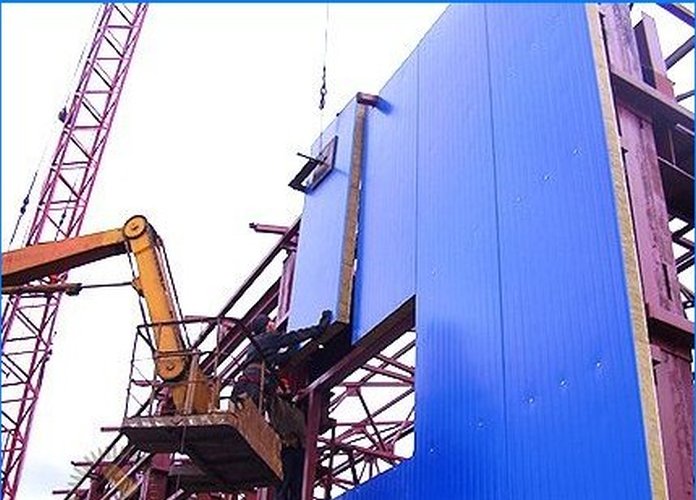
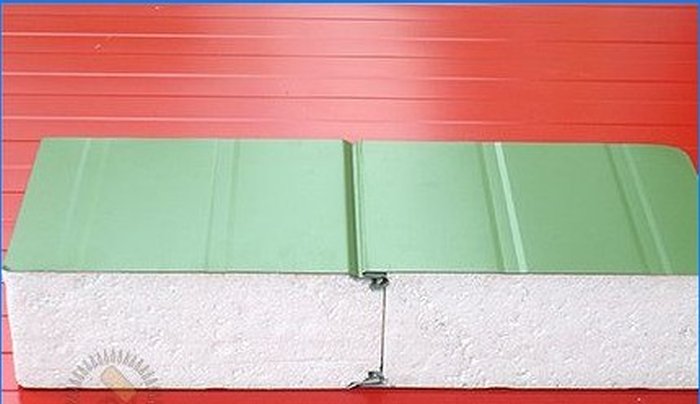
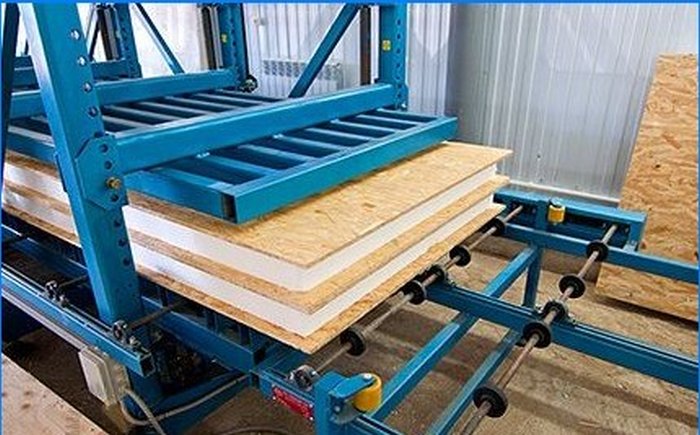

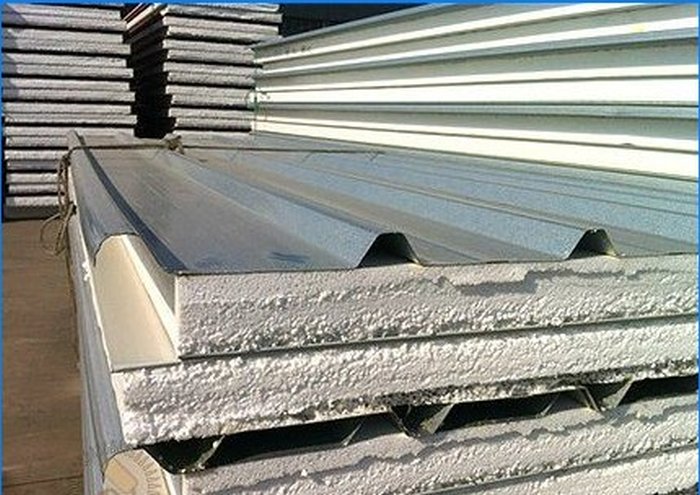

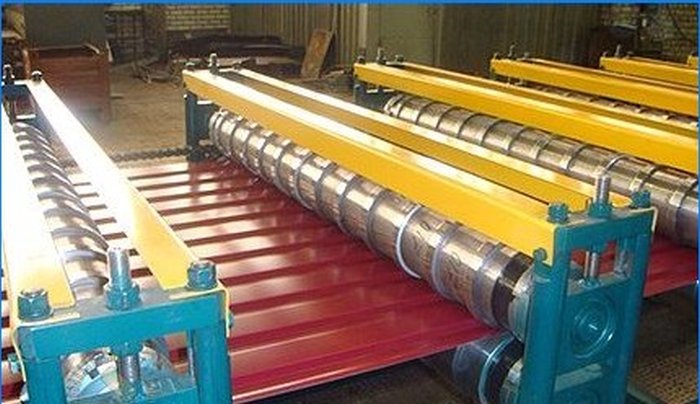

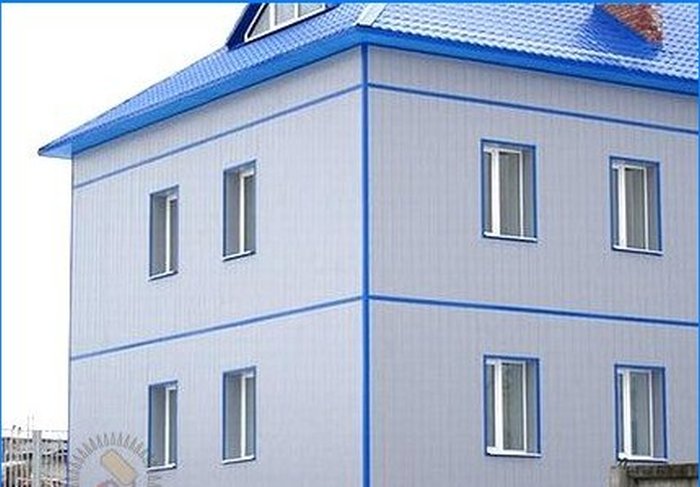
Are sandwich panel buildings as durable and safe as traditional construction methods?
Are sandwich panel buildings a suitable option for residential or commercial purposes? How long do these buildings typically last and what maintenance is required? Is the quality compromised due to its affordability and quick construction process?
Are sandwich panel buildings truly a reliable and affordable construction option? I’m curious about their durability and safety features in comparison to traditional buildings. Additionally, do these buildings have any limitations or disadvantages that I should be aware of before considering them as a potential option for construction?